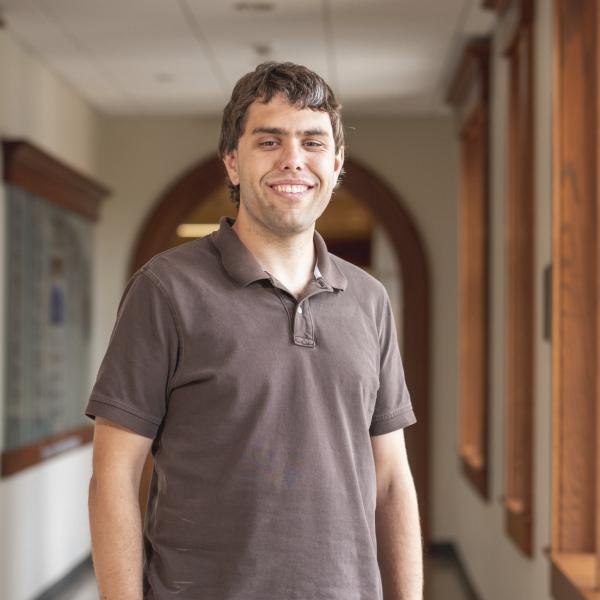ABSTRACT
Harmonic Analysis is the branch of Mathematics concerned with the rigorous description of signals (functions) and of their processing (operators). Signals such as sounds, images, time series, weather data are viewed as a superposition of basic harmonics--functions of well-specified duration, intensity and frequency, sometimes referred to as wavelets. Filtering processes such as image or audio denoising, compression, or pattern recognition are then described by suitable recomposition of the action of the filter on each basic function, in what is referred to as the time-frequency method. A particular concrete example of this reconstruction process is used in tomographic imaging, where the shape of a solid body is recomposed from samples of the body along one or two-dimensional rays of penetrating waves, which can be mathematically described as lines or planes in three dimensional space. One component of this Mathematics research project focuses on a new family of methods for the wavelet description of the class of singular integral operators, arising for instance in the time-frequency analysis of highly oscillatory signals. Another component of this research project is concerned with the mathematical properties of sampling solid objects along lines or planes. The integrated broader impact activities focus on strengthening the pool of socioeconomically disadvantaged, ethnical minority students (URP groups) in graduate degrees in Mathematics and improving retention. Activities connected to training and mentoring of graduate students in Analysis and topical dissemination of knowledge are also proposed.
The broad aim of the first circle of problems considered in this Harmonic Analysis research project is to produce representation formulas for classes of singular integrals in terms of model operators conserving the same invariance structure. This paradigm applies to Zygmund-type operators and modulation invariant operators akin to the bilinear Hilbert transform, both of which are out of reach for dyadic-probabilistic methods. Concrete applications come from elliptic and dispersive PDE, operator theory and quasi-conformal mappings. The second related family of problems is motivated by pointwise convergence of bilinear ergodic averages for Banach-valued functions, a celebrated theorem of Bourgain in the scalar case. The PI proposes an approach based on Banach-valued variational estimates for the truncated bilinear Hilbert transform. The central problem in a further set of questions concerning directional singular integrals is a version of the Kakeya maximal estimate where tubular averages are replaced with averages over singular line segments, and more generally, n-dimensional subspaces. One source of motivation is the connection with Fourier restriction in higher codimensions. The methods involve algebraic-geometric techniques such as polynomial partitioning on manifolds.




